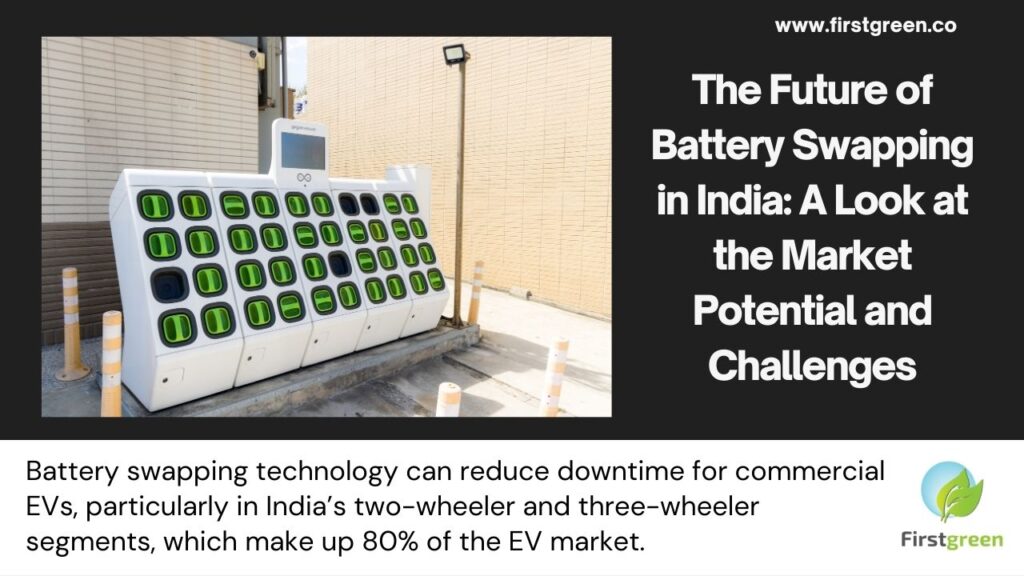The Future of Battery Swapping in India: A Look at the Market Potential and Challenges

As India accelerates its transition to electric vehicles (EVs), one technology gaining traction is battery swapping. This innovative solution promises to address several challenges faced by EV users, particularly in the two-wheeler and three-wheeler segments, which constitute about 80% of the market. With the rapid growth of the EV industry in India, battery swapping could become a crucial component in the country’s electrification strategy.
Market Overview: EV Growth in India
The Indian EV market is experiencing a dynamic surge. In 2022, the market size was approximately 10.2 million units. However, this figure is expected to skyrocket to around 61 million units by 2030, reflecting a robust compound annual growth rate (CAGR) of 25%. This growth is driven by increasing awareness of environmental sustainability, favorable government policies, and advances in EV technology.
Dominance of Two-Wheelers and Three-Wheelers
A significant portion of the EV market is comprised of two-wheelers and three-wheelers, which together make up about 80% of the total market. These vehicles are predominantly used for commercial purposes, including goods transportation and delivery services. In this segment, the average battery weight is around 20 kilograms, which is relatively light and suitable for battery swapping technology.
The Case for Battery Swapping
Battery swapping involves exchanging a depleted battery for a fully charged one at a swapping station. This method offers several advantages for commercial EV users, particularly in the two-wheeler and three-wheeler segments:
- Reduced Downtime: Unlike traditional charging methods that can take two to three hours, battery swapping can be completed in minutes. This is crucial for commercial vehicles that operate on tight schedules and need to maximize operational uptime.
- Convenience: For users of two-wheelers and three-wheelers, which often have limited space for home charging stations, battery swapping provides a practical alternative. It eliminates the need for home charging infrastructure and ensures that vehicles remain operational throughout the day.
- Standardization and Collaboration: For battery swapping to be effective, standardized battery designs are essential. This requires collaboration between manufacturers, service providers, and regulatory bodies. A service industry model could be developed to manage these swapping stations, separating this responsibility from the vehicle manufacturers.
Government Initiatives and Industry Challenges
The Indian government has shown support for battery swapping through various policies, including permissions for setting up swapping stations. However, despite these initiatives, many EV manufacturers are hesitant to adopt battery swapping due to concerns over battery size and weight, as well as the need for a standardized approach.
The typical range requirement for two-wheelers is about 100 kilometers, and with the current battery technologies, swapping can effectively meet this need. However, ensuring that swapping stations are well-distributed and capable of providing high-quality service remains a challenge.
Conclusion
Battery swapping represents a promising solution to some of the key challenges faced by India’s EV sector, particularly in the high-demand two-wheeler and three-wheeler segments. As the market continues to grow, addressing the barriers to widespread adoption will be crucial. Standardization, government support, and collaborative efforts across the industry will be essential in realizing the full potential of battery swapping technology, helping India to achieve its electrification goals efficiently and sustainably.